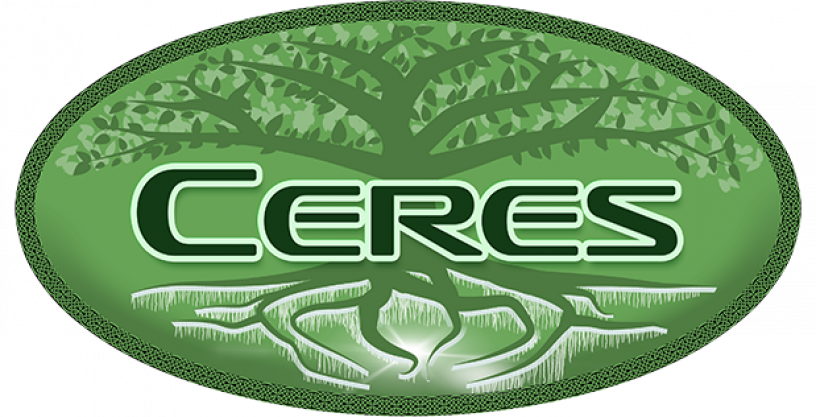
Program to leverage plants fortified with microbes engineered to rid soil of spilled fuel and explosives without routine human intervention
Oct 13, 2022
A new DARPA program seeks novel, plant-based approaches to remediate soil contaminated with explosives and aircraft fuel. While conventional soil bioremediation is effective, it still requires extensive soil preparation, nutrient delivery, and continuous site monitoring, making it too laborious and expensive to scale to the vast tracts of land that require decontamination. DARPA’s new Ceres program seeks to detoxify contaminants – spilled Jet Propellant-8 (JP-8) and Trinitrotoluene, commonly known as TNT – from soil through engineering the behavior of plants and their associated microbial communities. Ultimately, the bioremediation platforms developed under Ceres platforms aim to achieve autonomous decontamination and contaminant tracking without the routine addition of power or human intervention.
Ceres aims to engineer modular platforms that demonstrate proof-of-concept capabilities for two specific applications. The “Cleaner” track seeks to develop synthetic plant-root (rhizosphere) microbial communities, where plants, their roots, and microbes act together in a symbiotic way to degrade either TNT or JP-8 down to U.S. Environmental Protection Agency (EPA)-approved levels without dangerous byproducts. The “Beacon” track will develop complementary plant-microbe synthetic communities that provides an overt signal – such as flowers changing color – to indicate that the target contamination has been reduced to similarly safe levels.
“Ceres will capitalize on what nature does for free and without intrusive excavation” said Dr. Paul Sheehan, Ceres program manager. “This could theoretically be performed for no cost beyond planting a seed fortified with microbes engineered to clean the soil.”
Ceres is a four-and-a-half-year long program divided into two 24-months phases, followed by a final six-month demonstration performed by an independent verification and validation (IV&V) team. Proposers are expected to (1) isolate or assemble functional plant-microbe communities, (2) optimize the communities through biological and ecological engineering into synthetic communities, (3) develop controls so that the synthetic communities can be easily removed post remediation, and (4) generate realistic testbeds that mimic field conditions for synthetic community optimizing and testing.
By the end of the program, the IV&V team will perform greenhouse-scale testing using soil from the three major U.S. biomes where U.S. military bases are located – Eastern Woodlands, Great Plains, Mediterranean – for explosive and fuel remediation. Throughout all phases, performers will be expected to conform to U.S. Environmental Protection Agency requirements. Moreover, teams will collaborate with ethical, legal, and societal implications experts to ensure the research addresses any related concerns.
“Biosafety is of utmost importance, and as such a key aspect of this program is building multiple layers of controls for the introduced organisms,” added Sheehan. “That means both controls internal to the organism, using synthetic biology strategies already under development, but also a brand-new class of controls external to the organism using in advances in synthetic ecology.”
A Proposers Day hybrid event is scheduled for October 14, 2022. In person and webinar registration deadlines are October 13, 2022, at 5 p.m. EDT. For more details and to register, visit: https://events.sa-meetings.com/CERESProposersDay.
The Broad Agency Announcement with full program details is now posted on SAM.gov: https://sam.gov/opp/ec626391b98646158ed38ed8ddd38aff/view.
# # #
Media with inquiries should contact DARPA Public Affairs at outreach@darpa.mil
Associated images posted on www.darpa.mil and video posted at www.youtube.com/darpatv may be reused according to the terms of the DARPA User Agreement.
Tweet @darpa
